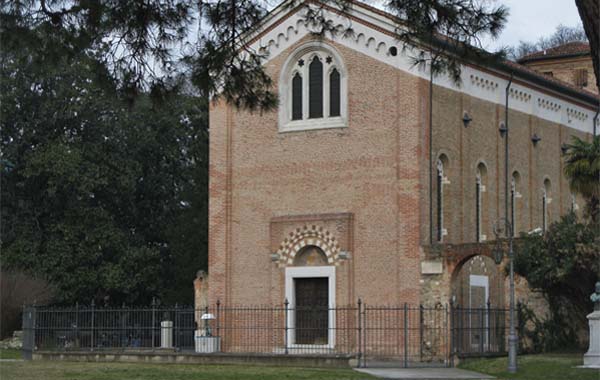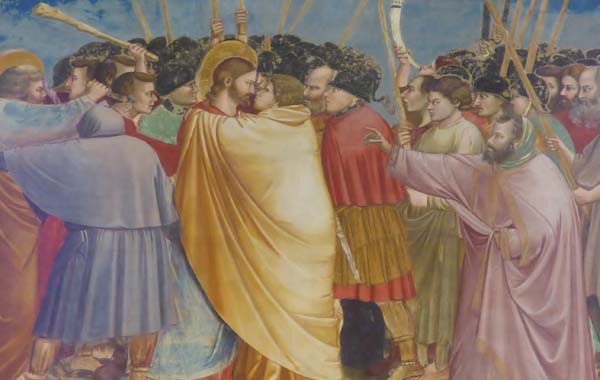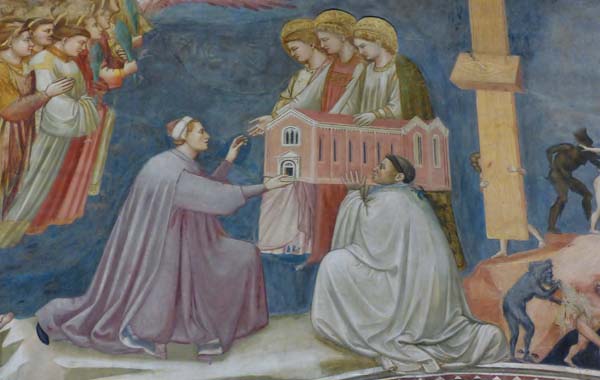If thou lend money to any of my people that is poor by thee, thou shalt not be to him as an usurer (Exodus 22:25)
Photos by Patricia Gartman unless otherwise stated

FAST CULTURE
Let us carefully tiptoe with Dante Alighieri, indisputably the Italian language’s greatest poet, as he descends reluctantly yet resolutely into a yet more remote corner of the Inferno, and meets there a former acquaintance:
Still further ventured I, alone, unto the seventh circle’s rim, Where sat the weeping, woeful folk;
And to and fro they waved their hands, to ‘scape the burning coals and flames,
As dogs in summer scratch and bite, and swat at stinging fleas and gadflies.
Dante has led us to a corner of Hell reserved for a particular group of sinners, the usurers, who, during their lives, loaned money and collected interest on it. By the early 14th century, when Dante was writing, the Biblical prohibitions against loaning money at interest had been considerably eroded by the practical need to capitalize businesses, but moneylenders were still viewed with disdain. This would change soon, with the rise of powerful banking families like the Medici; but for Dante and his readers, the vision of wealthy lenders sitting on hot coals and fending off falling, red-hot embers would have seemed appropriate. The suffering soul that Dante recognizes is one Reginaldo Scrovegni of Padua, who foretells the same fate for two other people known to Dante, and then tells the poet to “get thee gone”, grotesquely sticking out his tongue, “like an ox licking his nose”.

Reginaldo Scrovegni would barely be remembered today, despite his cameo appearance in Dante’s poem, if his son Enrico Scrovegni had not commissioned an artist named Giotto di Bondone to decorate the walls of the family chapel in Padua. After Reginaldo died, Enrico (who also was a moneylender), built a palace on the site of an ancient Roman arena, with a chapel building attached. The palace is gone, now, though parts of the old arena remain. So does the chapel, which is sometimes called the Arena Chapel or sometimes the Scrovegni Chapel. The frescoes with which Giotto covered the interior remain, too. You’ll find Giotto’s version of the Life of Mary, the Life and Passion of Christ, and the Last Judgement; but Giotto also included another, non-Biblical story: the legend of Joachim and St Anne, the Virgin Mary’s parents (as related in the apocryphal Gospel of James from the 2nd century and the medieval Golden Legend of Jacobus da Voragine).
Some scholars have speculated that Enrico Scrovegni hired Giotto to cover the chapel walls with holy images in order to lessen the shame of his father’s reputation, as displayed in Dante’s poem, and to symbolically intercede on Reginaldo’s behalf with the Virgin and her son. Actually, though, Giotto’s work on the chapel was completed in 1305, and Dante only began writing the Inferno, the first of the three books of his Divine Comedy, in 1308. However, Giotto did paint a scene, as part of the Last Judgement, in which Enrico presents a model of the chapel to Mary, as if to trade it for mercy and forgiveness. But he seems to seek forgiveness for himself, rather than dear old Dad.
It seems rather appropriate that visitors to the chapel are required to undergo a kind of purification ritual themselves. The frescoes were restored in 2002, and to keep them from deteriorating a kind of glass-enclosed “clean room” was constructed at the entrance. There visitors are required to sit – the management kindly provides an explanatory video – while the “interior microclimate” is “stabilised”. Only then will the automatic doors leading to the chapel open.

The importance of the frescoes in the chapel is that they, collectively, are the masterpiece of the first European painter to break with the stylized manner of medieval art, in which realism is sacrificed to the spiritual, and figures are often symbolic rather than depicted as individual people. Like the sculptor Nicola Pisano in Pisa, forty years before, Giotto portrayed his subjects as genuinely living people. His figures have weight and substance, their faces register real emotions, and they are placed in recognizable space (though the principles of perspective wouldn’t be perfected until a couple of centuries later). And his scenes are full of passion, often portraying dramatic action, as in the scene of Judas’s kiss and Christ’s arrest, when an enraged St Peter slices off the ear of Malchus, a servant of the high priest who participates in the arrest.
Giotto portrayed his subjects as genuinely living people
The panel showing the Virgin cradling her dead son, while the Magdalene anoints Christ’s feet and John the Baptist flings his arms back in anguish, is unforgettable. Mary’s face, close to Christ’s, expresses the unbearable grief that every parent who has lost a child can understand. Giotto adds two figures, huddled in the foreground, backs to us, looking on almost from our perspective, inviting us to share, as they do, the sorrow.
In his own time, the realism of Giotto’s pictures amazed his contemporaries. Boccaccio wrote of him that there was nothing in nature he “could not depict with his stylus, pen or brush so close to the original that it had the appearance, not of a reproduction, but of the thing itself, often causing people’s eyes to be deceived and to mistake the picture for the real thing.” The later technical advances achieved by artists like Masaccio, Leonardo, Michelangelo and Raphael may make Giotto’s work appear to us, in comparison, somewhat crude and unsophisticated. But without his daring embrace of naturalism, and his emphasis on human emotion, they might never have created their own masterpieces.
Though Reginaldo Scrovegni burned in Hell, perhaps in the final reckoning Enrico did earn forgiveness.
ABOUT THE WRITER
JOE GARTMAN writes about travel, history and culture, and divides his time between the southwest US and Europe.
Learn more at www.joegartman.com
